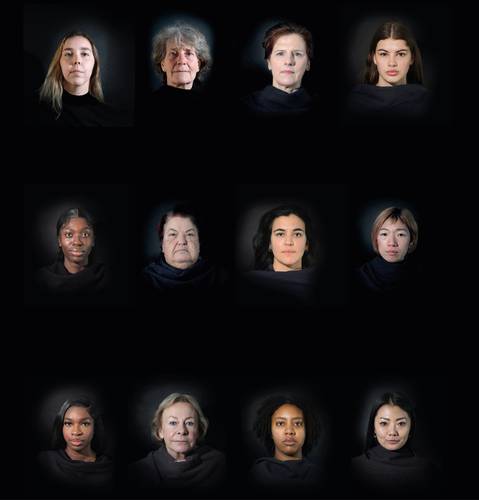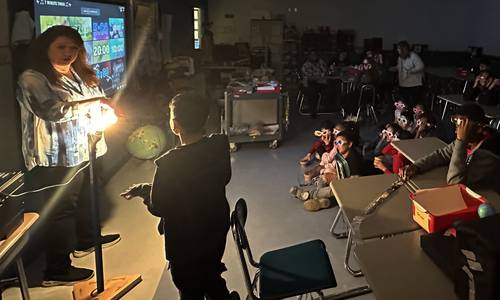Brian Eno’s latest installation, “Face to Face for Mexico,” is an exploration of patterns and the possibilities of combining them to create unexpected works of art. In this piece, Eno uses a set of still photographs of people’s faces, which are gradually transformed pixel by pixel into new faces using specially created software. The result is a long chain of ‘new humans’ that are formed between every real human, resulting in individuals who have never actually existed.
Eno first created a version of this work in 2003, driven by the idea of “creating” new human beings. His goal was to showcase a world of people who look like real individuals but have never actually existed, exploring the concept of potential alternate realities. This project reflects Eno’s interest in technology and his desire to push its boundaries to create innovative and thought-provoking art.
In a video released by UNAM Cultural Diffusion, Eno explained that the genesis of this installation dates back a quarter of a century, sparked by his fascination with transformations seen in pop music videos, superhero movies, and toys like Transformers. His work often involves using familiar gadgets in unconventional ways, subverting technology to create something unexpected. The slow change and evolution of the faces in “Face to Face for Mexico” brings Eno great joy, as it allows viewers to see a universe of people who never truly existed but could have.
The installation has generated over 170 thousand new faces and continues to captivate audiences with its unique approach to art and technology.



